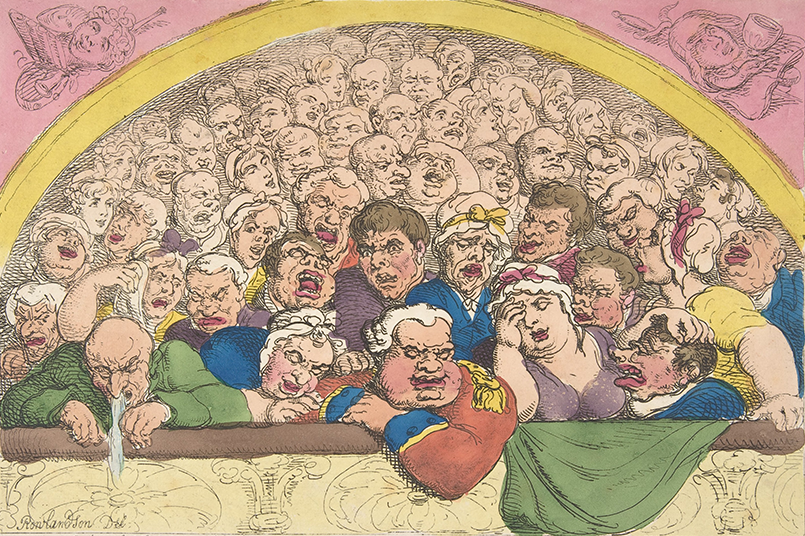Last summer I submitted a request that the Copyright Office renew an existing rule that allows users to break DRM that prevents them from using materials of their choice in 3D printers. As of October 28th, that rule has been renewed for another three years.
Read More...Licensing Deals Between AI Companies and Large Publishers are Probably Bad
Licensing deals between AI companies and large publishers may be bad for pretty much everyone, especially everyone who does not directly receive a check from them.
Read More...Is There A Coherent Theory of Attributing AI Training Data?
It feels like any time I have a conversation about attributing data used to train AI models, the completely understandable impulse to want attribution starts to break when confronted with some practical implementation questions.
Read More...Make Government-Funded Hardware Open Source by Default
Earlier this year the Federation of American Scientists (FAS), Center for Open Science, and the Wilson Center held an open science policy sprint to source and develop actionable policy ideas aimed at improving scientific transparency, equity, and innovation. Some heroic editing from the FAS team (especially Jordan Dworkin and Grace Wickerson) helped transform “uh, if the government pays for hardware it should be open source” into the actual proposal below. You can see the original version in situ here.
Read More...Licenses are Not Proxies for Openness in AI Models
Earlier this year, the National Telecommunications and Information Administration (NTIA) requested comment on a number of questions related to what it is calling “open foundational models.” This represents the US Government starting to think about what “open” means in the context of AI and machine learning.
Read More...




